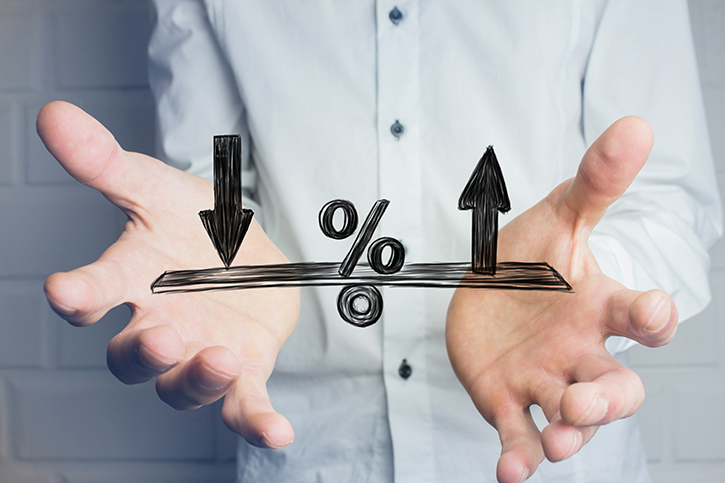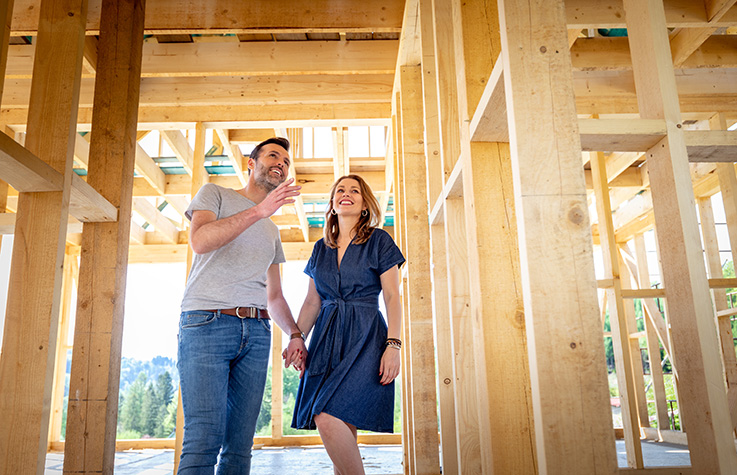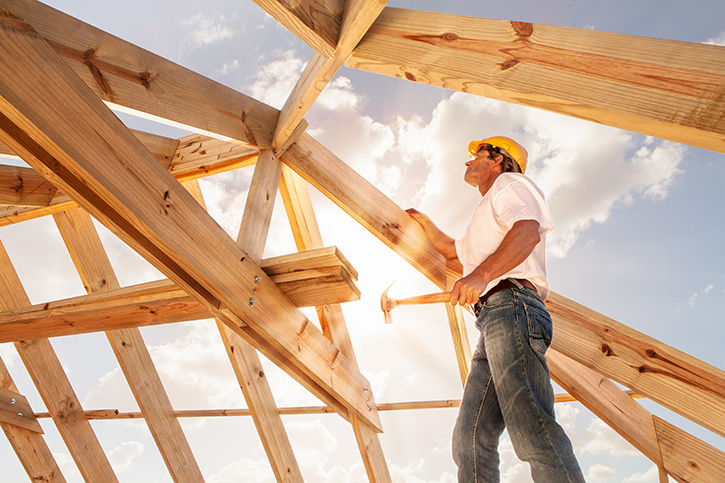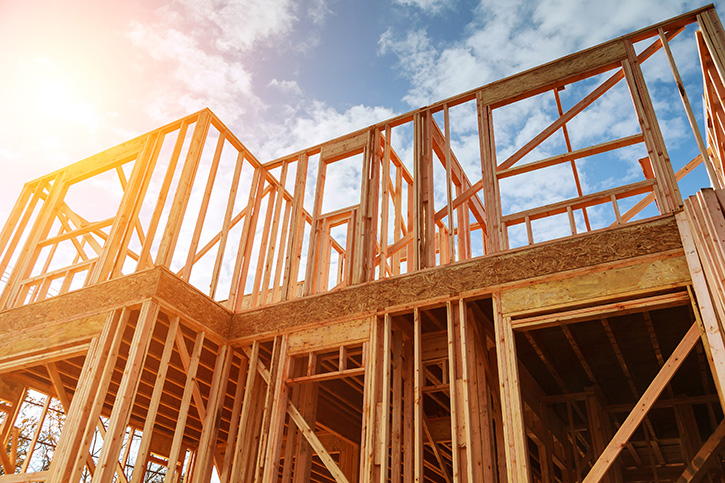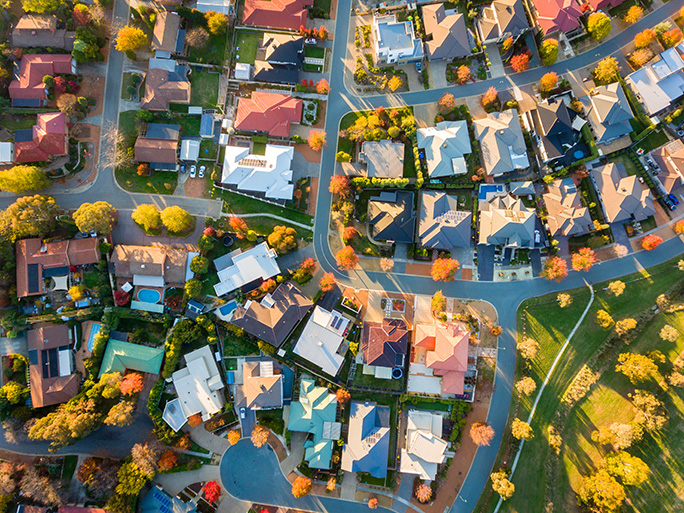
We know the story: Part of you is thinking about homeownership, but another part is unsure whether you’ll qualify as a first-time homebuyer. The mortgage process can seem intimidating the first time around, which is completely understandable. You haven’t owned a home before!
Not to worry, though, because Preferred Rate is here to shed some light on what it means to be a first-time homebuyer, the loan programs available to you, and any questions you may have on items like minimum credit scores, down payment assistance, interest rates, closing costs, income limits, and more.
So let’s get to it!
What Is a First-Time Homebuyer?
Let’s start with the basics: First-time homebuyers are generally defined as those who have not owned a primary residence within the past three years. This definition can vary slightly depending on which loan programs you’re considering.
Who Qualifies as a First-Time Homebuyer?
It may sound strange, but contrary to popular belief, the term “first-time homebuyer” refers to more than just people who haven’t owned a home before. You may still be considered a first-time homebuyer if you owned a home in the past but meet certain criteria.
For instance, if you’ve experienced a significant life event that prevented you from purchasing a home in the past three years, such as a divorce or a foreclosure, you could still qualify for some first-time homebuyer loan programs.
Naturally, the qualifications can vary based on the loan program. With a VA loan, offered through the Department of Veterans Affairs, you must be an active-duty service member, veteran, or surviving spouse of either group. A first-time homebuyer would still have to meet all the qualifications for the VA loan as a first-time homebuyer, in addition to proving their eligibility status.
Can You Have Previously Owned a Home?
As we just touched on, yes. There are instances where you might have owned a home before but can still qualify for a first-time homebuyer program. Typically, the most important stipulation is that you can’t have owned a primary residence within the past three years.
What Programs Are Available to First-Time Homebuyers?
There are lots of loan programs created specifically to help first-time homebuyers achieve their goal of owning a single-family house. These programs are often offered through government entities, such as the Federal Housing Administration (an FHA loan), the Department of Veterans Affairs (a VA loan), and the Department of Housing and Urban Development (a HUD loan).
For example, the FHA loan program provides some benefits to first-time homebuyers, including lower down payment requirements and lower minimum credit scores. VA loans also offer those who qualify as a first-time homebuyer—and who are veterans/active-duty service members/surviving spouses—the chance to purchase a home with no down payment. There’s no better form of down payment assistance than that!
You’ve also got Fannie Mae and Freddie Mac. They offer loan programs that assist first-time homebuyers in accessing affordable mortgage options with competitive interest rates and flexible eligibility requirements. These include financing up to 97% of the purchase price, meaning that you make a 3% down payment.
You can also use nontraditional income sources such as alimony payments, Social Security, rental income, and so on, to qualify for these guaranteed loans. A mortgage lender can give you the lowdown on all the attractive loan programs that may be right for you.
Many people also overlook the various incentives for purchasing in rural areas. The U.S. Department of Agriculture offers loans that are guaranteed by the USDA Rural Development Guaranteed Housing Loan Program. These loans generally offer no down payments and lower interest rates if you buy in rural areas.
Do You Need to Be a First-Time Homebuyer to Take Advantage of Down Payment Assistance?
Down payment assistance (DPA) programs are frequently available to first-time homebuyers to help mitigate the upfront costs associated with buying a single-family home. These can include the down payment and closing costs.
You may assume that these programs are normally for first-time buyers, since they may need the most help on their first single-family home purchase. But many DPA programs are open to other buyers as well. These can include those who meet certain income limits, minimum credit scores, and other criteria, regardless of whether they’ve owned a home before. DPA programs tend to vary by location and may be offered at the federal, state, or local levels.
Need More Help with Your Home Purchase?
The term “first-time homebuyer” can apply to more than just individuals who have never owned a home before. Those who haven’t owned a principal residence within the past three years may still qualify for various loan programs and closing cost assistance programs designed to make homeownership more accessible for everyone.
Even with all this information, it’s important to consult a knowledgeable mortgage lender when determining who qualifies as a first-time homebuyer. Our Preferred Rate Mortgage Advisors can guide you through the process and help you discover which loan programs you qualify for.
Whether you’re interested in an FHA loan, a VA loan, or a conventional mortgage, there are almost certainly options out there that will fit your financial situation.
So we’ll leave you with this: Homeownership is within reach for many, many people, regardless of whether you’re a first-time homebuyer or have owned a home before. With the right resources and guidance, you can achieve your dream of owning a home.
Contact a Preferred Rate Mortgage Advisor today to explore your options and get on the path to homeownership!


